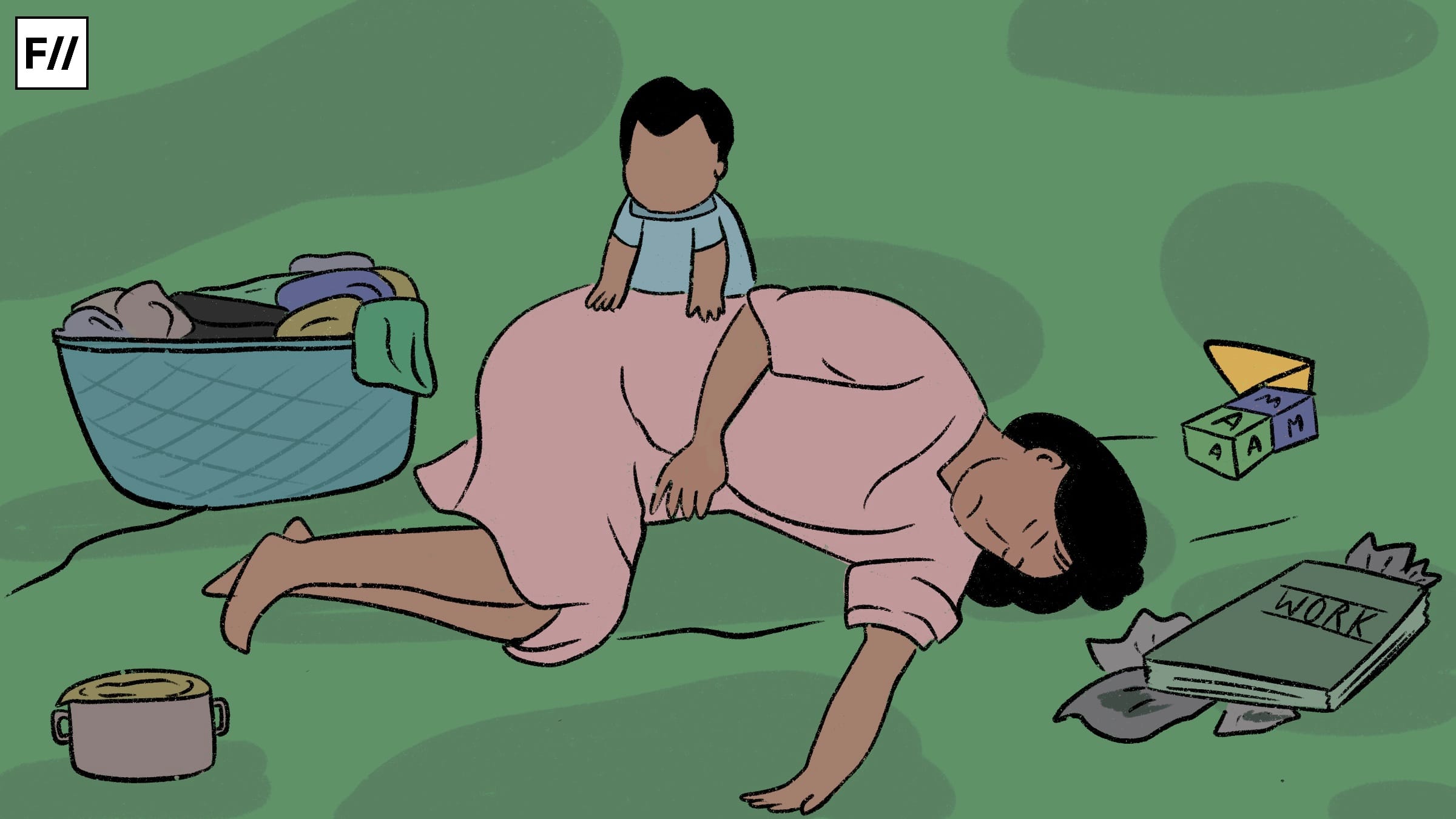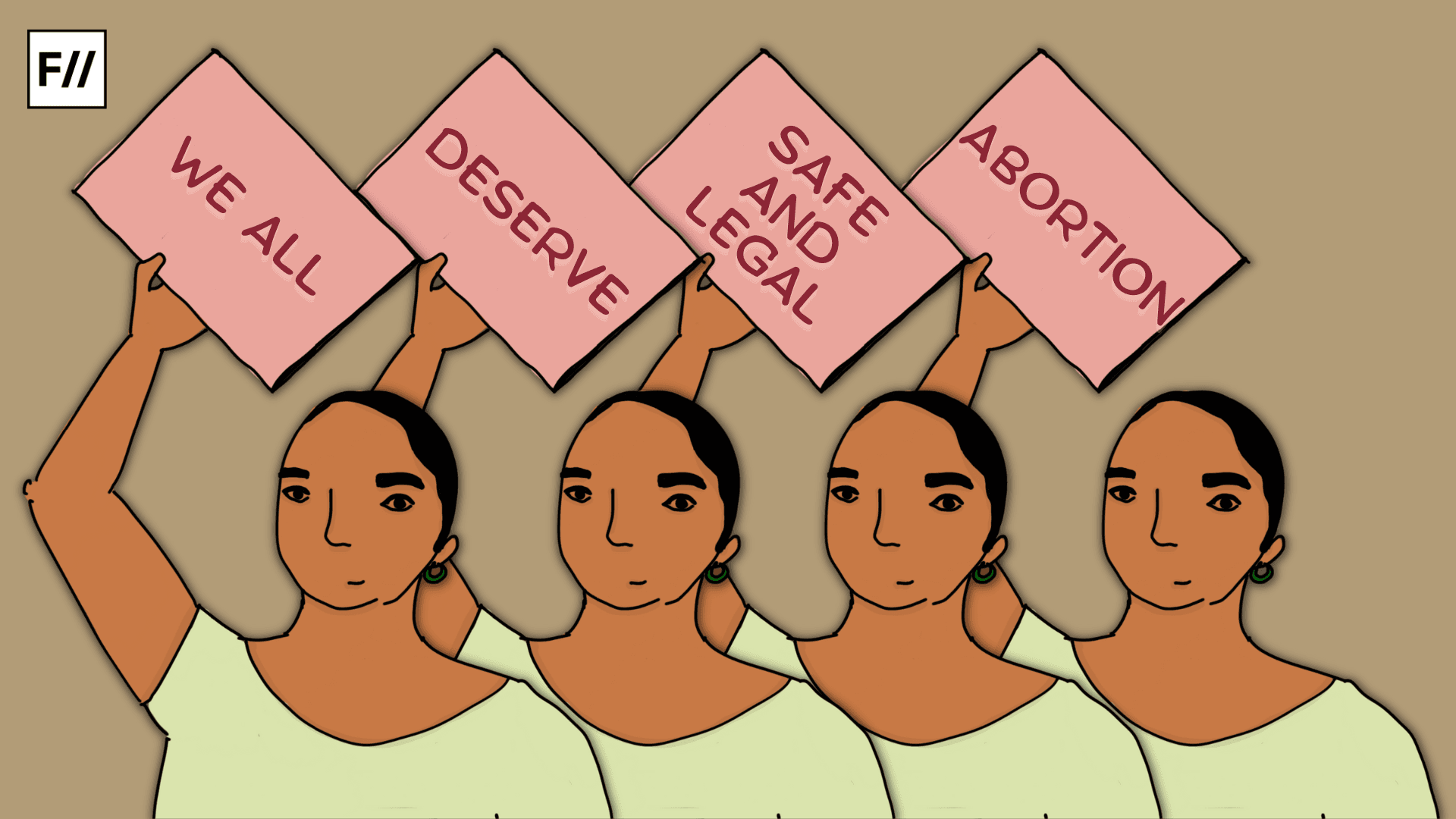The question of abortion rights has been raised time and again in India. One of the major issues in the context of India is that religious norms and moral codes prevail over legal codes. Religion is a tool that is often used to justify the worst atrocities committed on humankind. Women and marginal sections of society are the worst victims of the religious dictums.
Reproductive rights in a religious society are largely determined by social norms, which try to regulate, control, and determine the direction, pace, and extent of reproductive rights. Different religious traditions have different norms related to the question of abortion, ranging from the sanctions on the religious texts to the mythology prevalent around the question of reproduction and abortion.
In theory, the killing of a foetus or newborn is classified in the category of worst forms of sin, according to the Hindu, Buddhist, and Islamic precepts. But in practice, India is a country with very high infanticide as well as foeticide rates, particularly in the case of a girl child. Another factor to be taken into consideration is the agency of women in determining the right to abortion. The idea of “my body, my right” is challenged in the patriarchal structure, which prioritises the needs of the patrilocal, patrilineal family over the personal and physical well-being of a woman. Also, in the case of unwanted or pre-nuptial pregnancy, the social consequences of pregnancy have to be predominantly borne by the woman.
Ancient Indian religion and abortion
Hinduism has a dichotomous relation to the question of abortion. On one hand, Hindu religious texts ubiquitously condemn abortions as one of the five maha patakas (major sins), which is morally condemnable and warrants punishment, as per the norms ranging from Atharva Veda to the Dharmashastras literature, on the other hand, it is equally concerned about the male offspring as the desirable outcome of the pregnancy and the emphasis on the purity of lineage condemning the Varna Sankara (inter-mixing of Varna Sankara). Both these features have contributed to the sex-selective bias among the Indians and the moral condemnation of the pre-nupital pregnancy and sexual relations before and beyond the marriage.
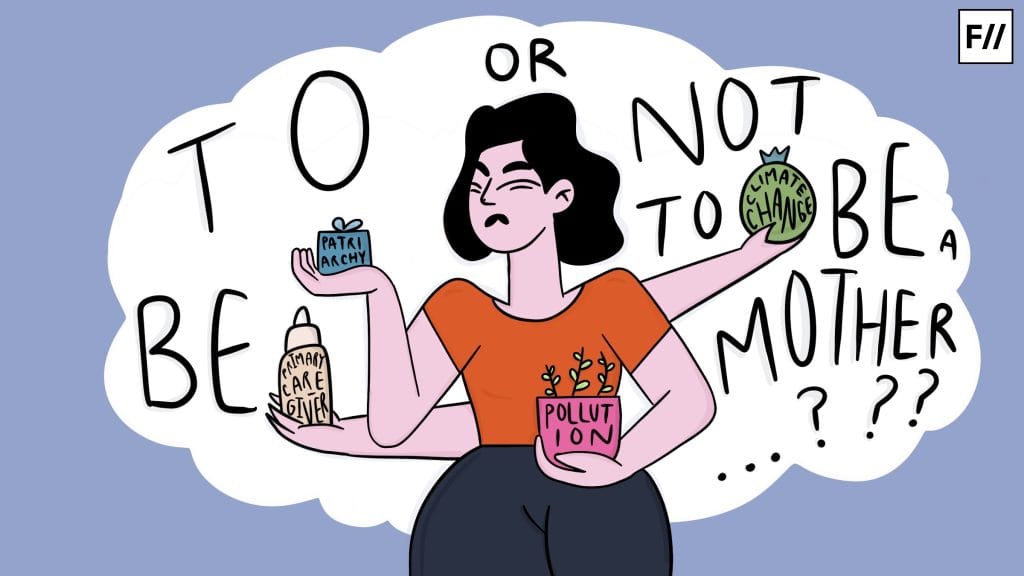
Pre-nuptial pregnancy and children from adultery are condemned in almost every religious tradition but the social status of their offspring remains debatable. Divya Cherian has talked about ‘sexual personhood,’ wherein women lacked legal and social rights on decisions concerning their reproductive rights. So the question needs to be asked- is the question of abortion coming out of a medical need or the need of a male child or an unwanted pregnancy which creates immense social pressure on the women to get rid of the child? To what extent, it was based on the consent of the women involved is another question to ponder upon.
In religious ethics, moral norms involve the satisfaction of all the social groups involved, and in the case of women’s right to abortion, there is barely any scope for choice as most of the time, the decision of abortion is decided upon by people other than the woman herself. In most of the Hindu texts, abortion is condemned, but in certain conditions, abortion has been allowed.
Sushruta Samhita allows abortion if the fetus is damaged and the possibility of the birth of a normal child is slim. Also, Hinduism gives greater value to women’s lives as compared to fetuses (in theory at least). Comparatively, in monastic orders, there were medicinal methods to abort the child through ointments, potions, and charms, especially in the Buddhist monasteries. Similar methods of abortion are also mentioned in texts like Arthashastra although it is heavily punished through heavy fines in the text.
Abortions as practice and the dichotomy of religion
However, the practical data in modern times contradict the “pro-life” and “anti-abortion” discourse present in the Indian religious tradition. Buddhist countries like Thailand have a higher abortion rate than the USA, and in about 85 percent of cases, these abortions are means of birth control. In India, sex-selective abortion is more prevalent. Interestingly, when abortions were legalised through the Medical Termination of Pregnancy Act, of 1971, no significant religious group protested against it.
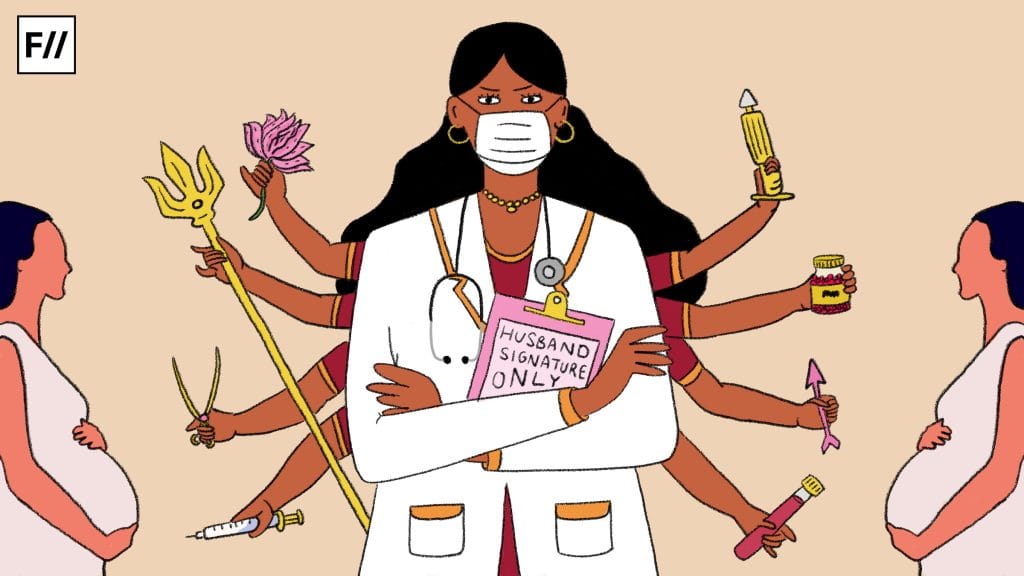
According to Relig Health, the irony of the situation is that most of the abortions among Hindus have taken place due to religious and cultural prejudice against girl children and an outright preference for male offspring. In 1972, a report on the abortion cases among different religious groups in Goa presented the statistics that the percentage of abortions recorded among different religious groups is strikingly similar to their demographic profile in the region, with Hindus amounting to 61 percent, Christians 36 percent and Muslims around 3 percent of the total abortions in the Goa Medical College. In a more recent survey by Sonia Bhalotra and Laxmi Iyer in 2021, the prevalence of sex-selective abortions among different religious groups was pointed out. In their assessment, they pointed out that the prevalence of sex-selective abortions was less prevalent in regions where there was a Muslim legislator. This should not be equated with a more liberal attitude of Muslims towards women, but rather Muslims have a stricter attitude against abortions. The male bias continues to dictate most of the abortions in Indian religious traditions according to the report.
Abortions and social groups: Intermingling caste, class and gender
Another aspect that needs to be taken into cognisance is that religious groups in India are not monolithic entities but rather multiple sub-groups exist within their ambit which have their dynamics and hierarchies. According to a survey of the Medical College of Aligarh, there are significant discrepancies in the number of safe pregnancies and abortion rates among the higher-ranked Muslims (Ashrafs) in comparison to the Lower-Ranked Muslims (Ajlaf). Similarly, the bioethics of the different caste groups among Hindus are also significantly different depending upon the awareness about safe pregnancies, the socio-economic status of these groups, and the social taboos around the question of abortions in different societies.
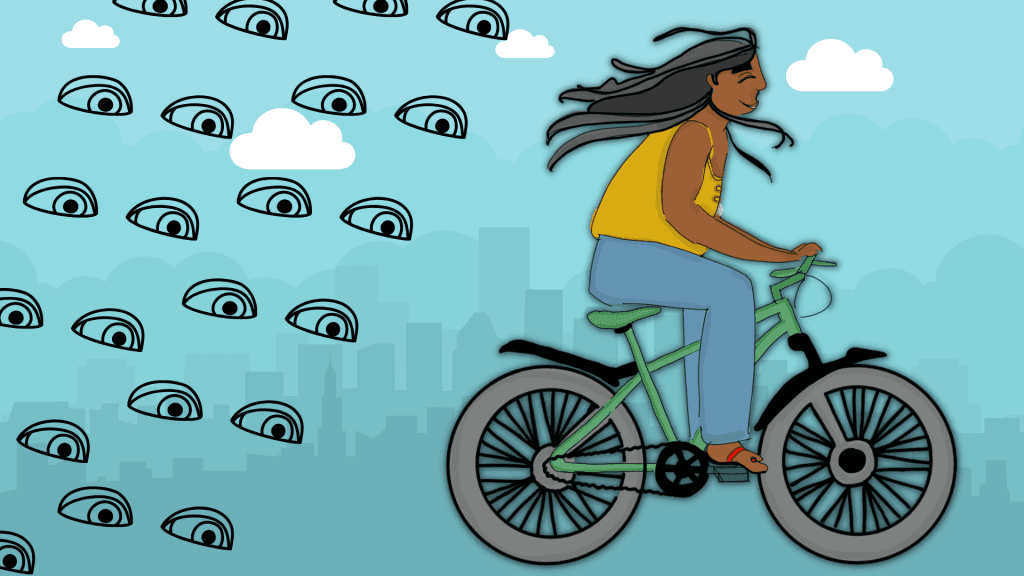
Thus, the idea of abortion in Indian religions may come across as diverse and dichotomous offering multiple perceptions, practices, and provisions co-existing with each other. Even though almost all the religious traditions claim to be a benevolent community that believes in preserving life at any cost, the burden of this preservation falls upon the women, who are given the duty but not necessarily the agency to preserve life. The idea of abortion is closely linked to the social norms related to the legitimacy of the child as well as the purpose it solves in a patriarchal society (more specifically having a male offspring to carry forward the lineage).
References:
- Raj Pal Mohan Abortion in India, Social Scientist, Volume 50 No. 3, Summer 1975, pp 141-43 https://www.jstor.org/stable/41885953
- K. Aramesh Perspectives of Hinduism and Zoroastrianism on abortion: a comparative study between two pro-life ancient sisters. J Med Ethics Hist Med. August 2019 https://pmc.ncbi.nlm.nih.gov/articles/PMC7166242/
- Divya Cherian, Stolen Skin and Children Thrown: Governing sex and abortion in early modern South Asia. Modern Asian Studies. 2021;55(5):1461-1509. doi:10.1017/S0026749X21000226 https://www.cambridge.org/core/journals/modern-asian-studies/article/stolen-skin-and-children-thrown-governing-sex-and-abortion-in-early-modern-south-asia/481AF3AA2B8063DD23C0A732B8BBD651
- Stephens M, Jordens CF, Kerridge IH, Ankeny RA. Religious perspectives on abortion and a secular response. J Relig Health. 2010 Dec;49(4):513-35. doi: 10.1007/s10943-009-9273-7. Epub 2009 Jul 30. PMID: 19641993. https://pubmed.ncbi.nlm.nih.gov/19641993/
- MTP Act 1971, 10th August 1971, Acts, Rules and Standards of Health Sector https://mohfw.gov.in/?q=acts-rules-and-standards-health-sector/acts/mtp-act-1971
- P.V. Gulati, T.V.Rao and Lily Jacob, Religious Differences in Reported Cases of Abortion in a Teaching Hospital, Journal of Obsterics and Gynaecology, 20th July 1972 https://jogi.co.in/storage/articles/files/filebase/Archives/1973/aug/1973_443_445_Aug.pdf
- Sonia Bhalotra, Irma Clots and Lakshmi Iyer, Religion and Abortion: The role of Politician Identity, Journal of Development Economics, Volume 153, November 2021, https://doi.org/10.1016/j.jdeveco.2021.102746 https://www.sciencedirect.com/science/article/abs/pii/S0304387821001139
- Ara G, Siddique YH, Beg T, Afzal M. Abortion index and mortality of offspring among women of different age, caste and population groups of north Indian Muslims. J Biosoc Sci. 2008 May;40(3):431-43. doi: 10.1017/S0021932007002428. Epub 2007 Sep 13. PMID: 17850687. https://pubmed.ncbi.nlm.nih.gov/17850687/


